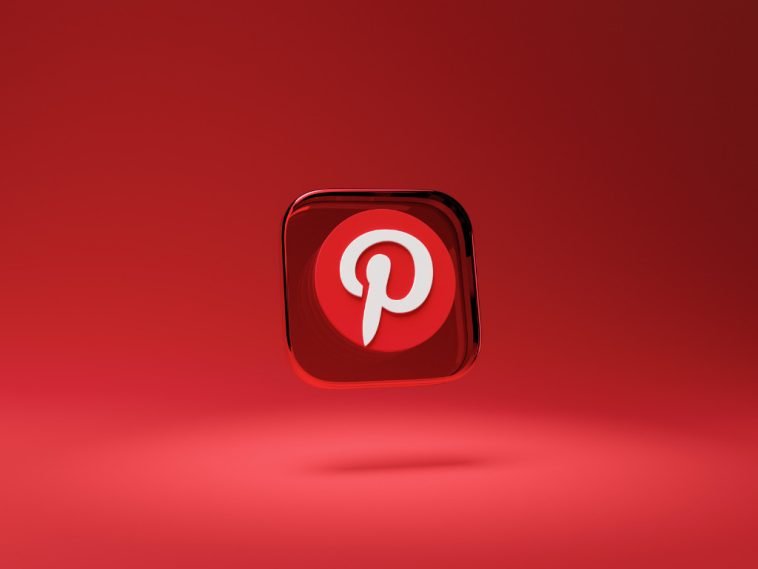Introduction.
Pinterest, often viewed as a platform for inspiration and discovery, is also a goldmine of opportunities for content creators.
Whether you’re a blogger, artist, photographer, or any kind of creative professional, harnessing the power of Pinterest can be a game-changer in your quest to monetize your craft.
In this guide, we will delve into the strategies and techniques that can help you turn your passion into profit on Pinterest.
Monetizing your creative content on Pinterest goes beyond merely sharing your work; it involves understanding the platform’s unique dynamics, audience behaviour, and the myriad ways in which you can leverage your creativity to generate income.
How Do I Make Money On Pinterest as a Content Creator?
Pinterest, often seen as a virtual vision board and a hub for inspiration, is a platform that offers tremendous potential for content creators to turn their passion into profit.
If you’re a blogger, artist, photographer, or any other creative professional, Pinterest can be a powerful tool to monetize your talents and reach a wider audience.
In this article, we’ll explore effective strategies and techniques to help you make money on Pinterest as a content creator.
1. Create High-Quality, Engaging Pins.
The foundation of success on Pinterest is eye-catching content. Create visually appealing pins that stand out in the platform’s feed.
Use high-resolution images and compelling graphics. Write attention-grabbing headlines and descriptions that make users want to click and learn more.
2. Optimize Your Pinterest Profile.
Your Pinterest profile is your digital storefront. Optimize it for maximum visibility by using a professional profile picture, crafting a keyword-rich bio, and including a link to your website or blog. Make sure your profile reflects your brand and niche.
3. Understand Pinterest SEO.
Pinterest functions as a search engine, so understanding search engine optimization (SEO) is crucial.
Use relevant keywords in your pin descriptions, board names, and profile to increase the discoverability of your content. Research popular keywords using tools like Pinterest Trends.
4. Create Valuable Content Boards.
Organize your pins into thematic boards that align with your niche or expertise. Boards should be well-structured and include keywords in their titles and descriptions. Populate your boards with a mix of your own content and relevant content from others.
5. Join Pinterest Group Boards.
Collaborate with other content creators by joining group boards related to your niche. Group boards have a larger audience, and your pins can reach a wider and more engaged audience when you contribute to them. Look for group boards in your niche and request an invitation to join.
6. Promote Affiliate Products.
If your content fits well with affiliate marketing, consider incorporating it into your Pinterest strategy. Create pins that feature products or services you believe in and use affiliate links to earn a commission on sales generated through your pins.
7. Sell Digital Products.
Create and sell digital products that cater to your audience’s interests and needs. These could include e-books, printables, templates, or online courses. Design captivating pins to promote these products and link them to your sales pages.
8. Offer Services.
If you offer services, such as coaching, consulting, or design work, promote them on Pinterest.
Create pins that highlight the benefits of your services and lead interested users to your website or contact page.
9. Run Promoted Pins Campaigns.
Consider investing in promoted pins to reach a larger audience. Promoted pins are paid advertisements on Pinterest that appear in users’ feeds and search results. Use them strategically to increase your content’s visibility.
10. Analyze and Adjust Your Strategy.
Regularly monitor the performance of your pins and boards using Pinterest Analytics. Pay attention to which pins are driving the most engagement and traffic. Adjust your strategy based on these insights to maximize your results.
11. Engage with Your Audience.
Interact with your followers and engage with other pinners in your niche. Respond to comments on your pins, engage in conversations, and build relationships. A loyal and engaged audience can lead to more opportunities for monetization.
12. Stay Compliant and Ethical.
Adhere to Pinterest’s policies and guidelines, especially when it comes to affiliate marketing and paid promotions. Maintain transparency with your audience and disclose any paid relationships or affiliate links.
Conclusion.
Pinterest is a versatile platform that offers content creators numerous opportunities to monetize their creativity.
By creating captivating content, optimizing your profile, and using effective strategies like affiliate marketing, selling digital products, and promoting your services, you can turn your passion into profit on Pinterest.
Remember that success on Pinterest takes time and consistency, so be patient and persistent in your efforts to build a profitable presence on the platform.






GIPHY App Key not set. Please check settings